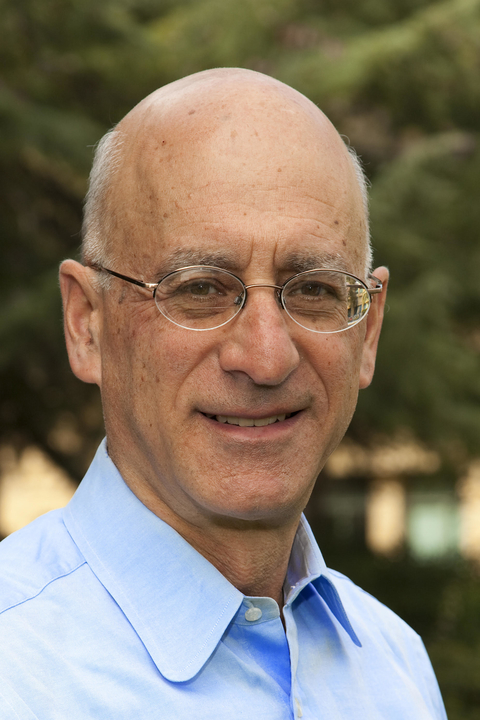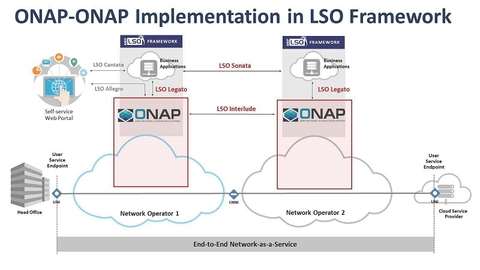LOS ANGELES—At this year’s Open Networking Summit, the show floor was buzzing with discussions about the benefits of open source networking, but the MEF says service providers know open source comes with various costs.
Dan Pitt, SVP of MEF, told FierceTelecom that despite the efforts made by various groups to drive open source, ultimately the service provider’s decision comes down to implementing solutions that fit their unique needs.

“Our membership sees the benefit of community development of resources, but they also understand that open source does not come for free,” Pitt said. “I don’t know of a single operator that’s going to hear about some project, go to the website, find Github and install and run their network.”
RELATED: MEF takes on cloud app development with IMTC, aligns with MEF 3.0
Whatever path a service provider takes, the reality of deploying open source still has various costs associated with network management and maintenance.
“These things require upkeep and maintenance that’s not always free and never easy,” Pitt said. “As the operators mostly don’t have deep skills in software development, especially with these new tools, they need to get stuff by buying off the market or commissioning it.”
Weighing solutions
In considering a next-gen path for their network, service providers will have to look at various options. These options could include a set of open platforms or something more proprietary.
Service providers today can choose to either wait for an open source solution from one the groups associated with The Linux Foundation or opt for a vendor-driven platform that might better fit its needs today.
“There was some discussion during the open networking innovation forum between IPR and open source,” Pitt said. “That’s a sign that you have a component that might not be ready for prime time in open source and if there’s vendor intellectual property involved, vendor differentiation means something to the market.”
Regardless of the path a service provider chooses, Pitt says the ultimate proof point is how it enables them to provide a better experience for their end-users.
“Given the skills the operator has, the question is how can they best apply the solutions to make a difference for its customers,” Pitt said. “An operator can get common components or do something custom, but make intelligent decisions about what you can deploy and support and use to offer the kinds of services the customers expect.”
Improving service experiences
For its part, the MEF has been working with carriers to enable greater automation via its MEF 3.0 Transformational Global Services Framework, a platform to define, deliver, and certify orchestrated services across what it calls a global ecosystem of automated networks.
It has also been working with other open source and other organizations like the Linux Foundation’s Open Network Automation Platform (ONAP), a Linux Foundation project, have signed a memorandum of understanding to establish service orchestration for service providers interconnecting diverse networks and technologies.
These SDKs, which include LSO Sonata SDK and LSO Presto SDK, are part of a broader effort by the MEF to simplify the Ethernet ordering process. While MEF has been collaborating with open source projects like OpenDaylight, the work with ONAP represents a greater alignment of standards and open source efforts.

Pitt said the MEF’s 3.0 initiative will be applied according to the specific role a service provider plays. An integrated wireline/wireless carrier would leverage the MEF 3.0 capabilities different than a wholesale-centric provider.
“Tier 1 operators want to take advantage of these new technologies like SDN and open source, but not for the sake of just deploying new technology,” Pitt said. “It’s all about how do I make my business more agile and how do I serve the needs of my customers.”
Pitt added that for some service providers, “they will become more like IT companies while others will be transmission companies and are really good at that.”